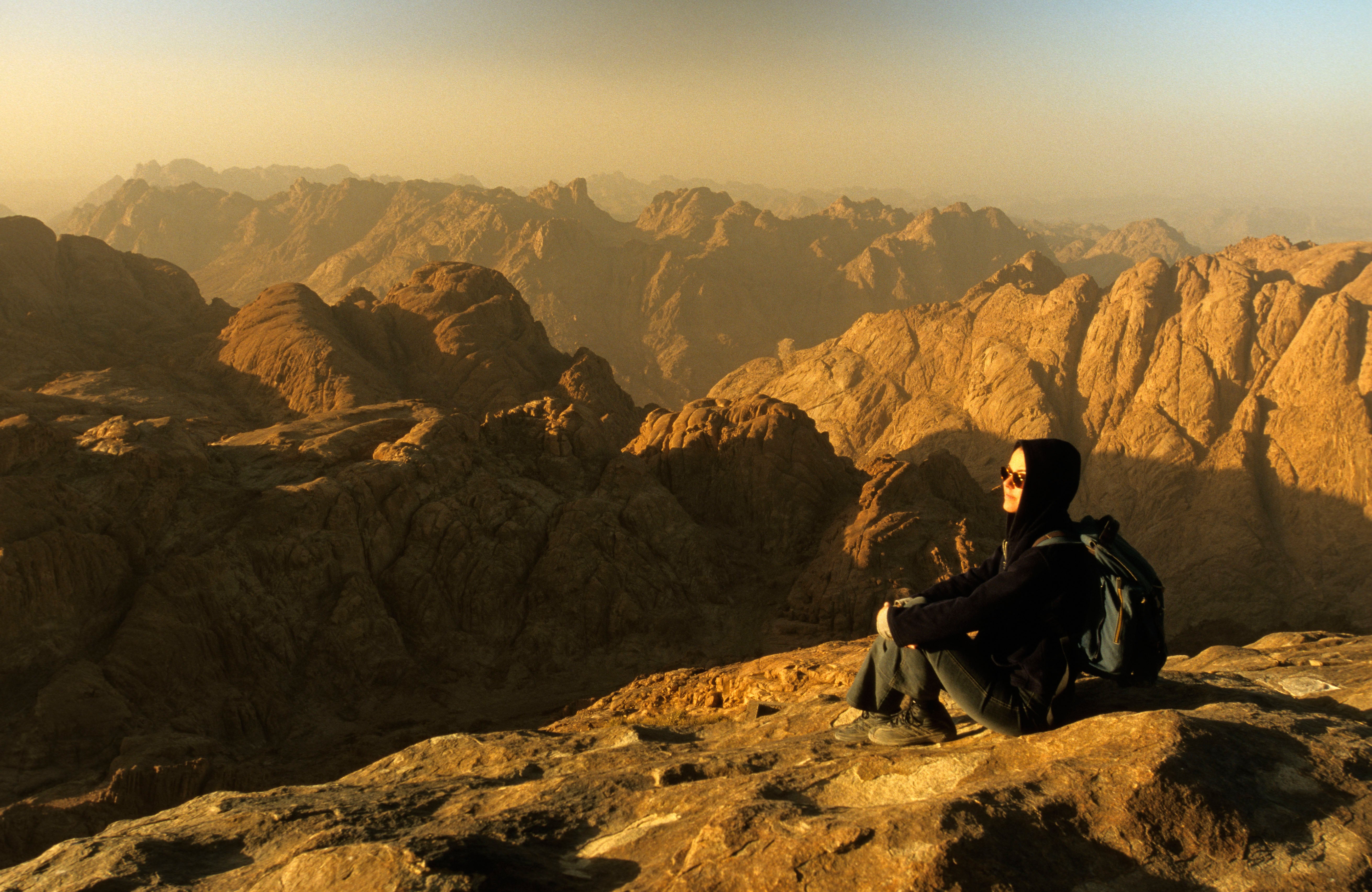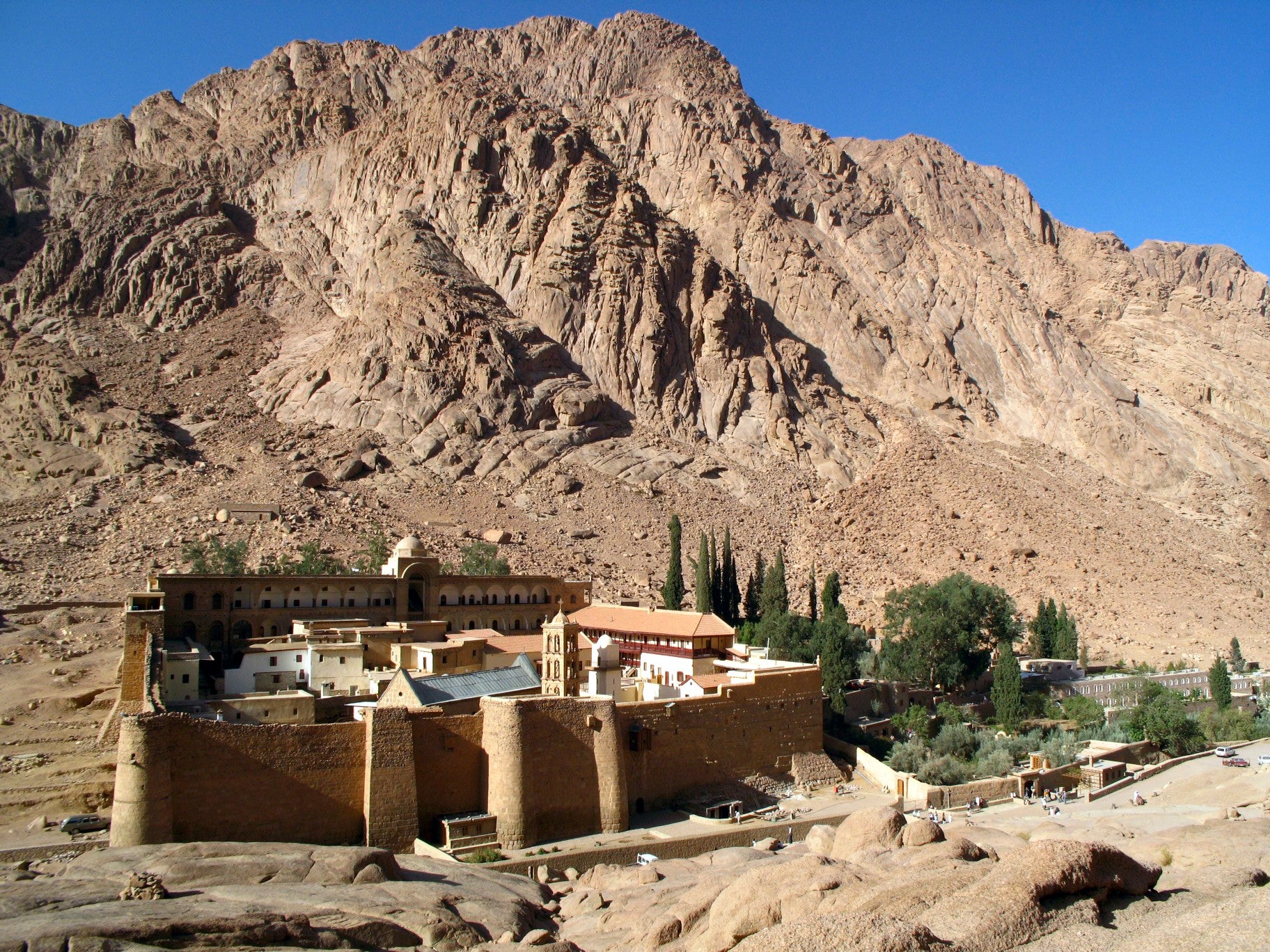One of the world’s most sacred religious sites – Mount Sinai – where amid thunder and fire, God is said to have handed over the 10 Commandments to Moses on tablets of stone, is now on course to become home to a luxury mega resort.
The entire area, also believed to be where God spoke to Moses from the burning bush, is sacred to three world religions: Christianity, Islam, and Judaism, but now, the isolated location is at the centre of a row over rapid development of the site for tourism.
Luxury hotels, restaurants, shopping bazaars, high-end villas, a cable car, and expanded airport facilities nearby are planned or already under construction in this mountainous area of the Sinai Peninsula, a site which is already home to the 6th Century St Catherine’s Monastery, the world’s oldest continuously used Christian monastery.

According to a BBC report, the Jebeleya, a traditional Bedouin community living in the area, have had their homes and existing tourist eco-camps demolished and have even been forced to exhume bodies from their graves in a local cemetery to make way for a new car park.
Ben Hoffler, a British travel writer who has previously worked with tribes living on the Sinai Peninsula, told the broadcaster: “This is not development as the Jebeleya see it or asked for it, but how it looks when imposed top-down to serve the interests of outsiders over those of the local community.
“A new urban world is being built around a Bedouin tribe of nomadic heritage.
“It’s a world they have always chosen to remain detached from, to whose construction they did not consent, and one that will change their place in their homeland forever.”

Around 4,000 people live locally, but are unwilling, or feel unable, to speak about the scale of the development and what it means for the region, the report suggested.
The development – known in Egypt as the Great Transfiguration Project – has been described by Egypt Today – a state-run newspaper – as “an opportunity to harness the magic of this region and elevate it into a must-visit future global destination, honouring its spiritual, religious, archaeological, and historical significance as a haven for heavenly beliefs”.
But the rapid advance of works has sparked international concerns for the Unesco World Heritage-listed site.
In July, the organisation World Heritage Watch sent an open Letter to Unesco calling for the Saint Catherine area to be added to the list of world heritage sites considered to be “in danger”.
At the time, World Heritage Watch Chair Stephan Doempke said: “Egypt has continued to provide misleading, inconsistent or incomplete information to Unesco, and it is time now that Unesco is very clear that they are running out of patience.”
In the letter he drafted with help from site experts and using up-to-date information from local informants on the ground, he added: “The remoteness and serenity of the area, a key value of the World Heritage, must be preserved under all circumstances in order to maintain the sacred character of the landscape and enable the spiritual retreat of the monks.”
In contrast, reports in Egypt Today describe the development as a “multi-billion-pound masterpiece”, which align with President Abdel Fattah El-Sisi’s “vision to nurture and develop this extraordinary region”.
In March, prime minister Mostafa Madbouly expressed Egypt’s intention to present this project as a “gift to the entire world and all religions”.





